With Apple rumored to be attempting to acquire a security solutions provider, a new move by AuthenTec to sell a portion of its business suggests Apple is most interested in its fingerprint scanning technology.
AuthenTec has reached a deal to sell its embedded security solutions division to another company, Inside Secure, NFC World reported on Monday. The deal means that AuthenTec has retained ownership of its combined fingerprint and wireless near-field communication solution, which is part of a separate division.
The decision to sell the embedded security division may hint at why Apple has allegedly pursued a deal with the company. Reports first surfaced in July that Apple was looking to buy AuthenTec for $356 million.
It is now believed that AuthenTec may be looking to shed the extraneous parts of its business that Apple is not interested in acquiring. AuthenTec still owns its fingerprint sensor and NFC technology, which could hint that it will appear in future Apple products.
The value of AuthenTec's embedded security division is valued at up to $48 million. Inside Secure is committed to pay $38 million in cash at closing, plus up to an additional $10 million in the future.
Though Apple hasn't officially confirmed its talks with AuthenTec, the security company notified customers in September that it would no longer be offering its security technology starting next year. Its clients included Samsung, HP, Dell, Lenovo, and Fujitsu.
A filing with the U.S. Security and Exchange Commission in August hinted that an advanced piece of hardware dubbed the "Smart Sensor" was key to Apple's acquisition. The sophisticated component goes further than simple fingerprint scanning by acting as a full-fledged touch pad controller, allowing UI navigation with one finger.
The sensor is also capable of identifying different fingers which can be associated with certain tasks, like opening the phone app with a thumb or sending an email with a forefinger. One of the first companies to use the specialized part was Fujitsu with its Regza smartphone.
 Katie Marsal
Katie Marsal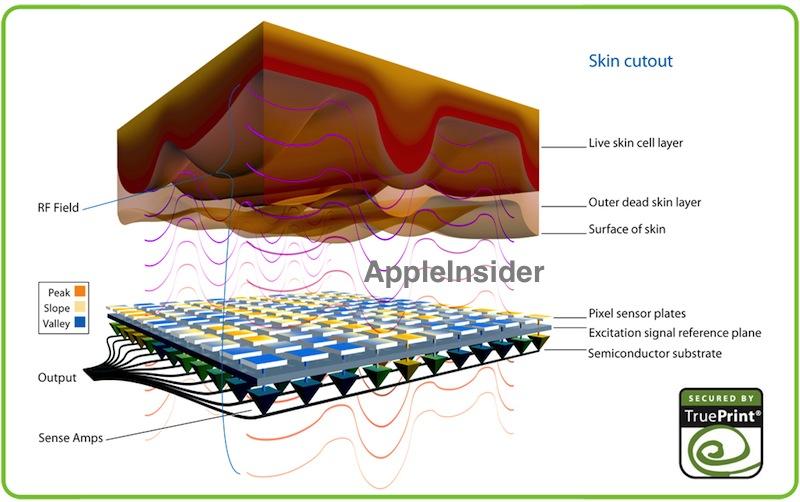







 Amber Neely
Amber Neely
 William Gallagher
William Gallagher
 Andrew Orr
Andrew Orr
 Andrew O'Hara
Andrew O'Hara
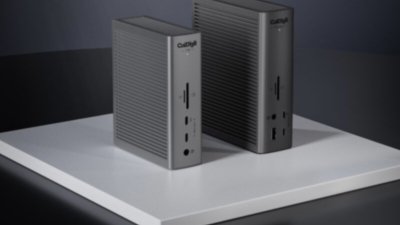
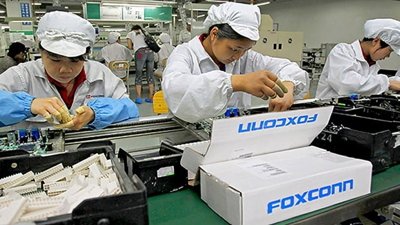

 Mike Wuerthele
Mike Wuerthele
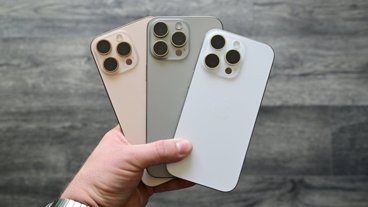
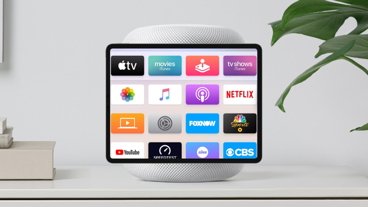







16 Comments
Ah, so it's less about security and more about telling which finger is which. That is a logical incremental advance in touch screen tech.
Ah, so it's less about security and more about telling which finger is which.
This has some serious potential.
"Pshh. We're not copying Apple when we distinguish touch inputs, it was just a logical, incremental progression of what was…"
Ah, so it's less about security and more about telling which finger is which. That is a logical incremental advance in touch screen tech.
Doubt that will happen, at least not with Authentec technology. It is more likely about fingerprint authentication and security.
[quote name="ascii" url="/t/154445/authentec-sells-encryption-business-suggesting-apples-interest-lies-in-fingerprint-sensors#post_2234780"]Ah, so it's less about security and more about telling which finger is which. That is a logical incremental advance in touch screen tech.[/quote] I've never thought Apple was interested in using this tech for security. It's just too insecure. All applications should be be to add utility to a device. I've even thought of a remote control for an Apple HDTV/digibox that will sense whose hand is in control of the remote, send a single to the TV/digibox that will then tailor the UI based on that user's preferences and habits without the user first toggling between settings. This could also be used for making an iPad work for multiple people.
Best news I have heard in a while if Apple is able to tap into the tech.